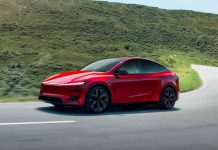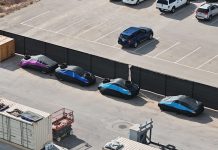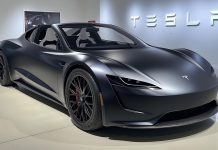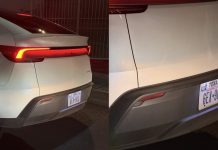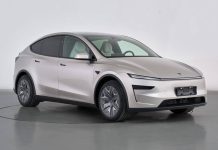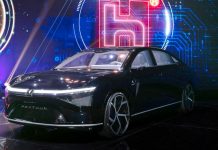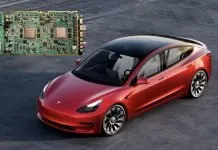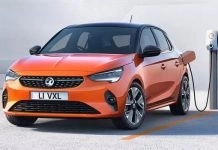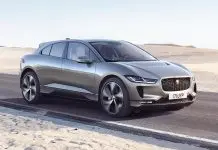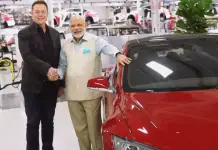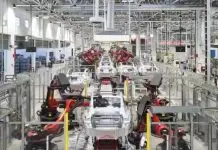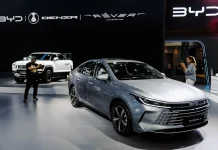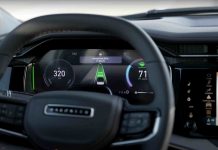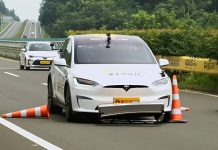Tesla has made even more impressive changes to the range of its popular Tesla EVs in China, the Model 3 Long Range AWD and Model Y Long Range AWD, without any alteration to their batteries. This shift, though technologically marvelous, happens at a time of decreasing sales and under the high pressure of the local competitors. With the most anticipated upcoming 6-seater Tesla Model Y coming in July. Can they turn the tide against the upcoming local brands?
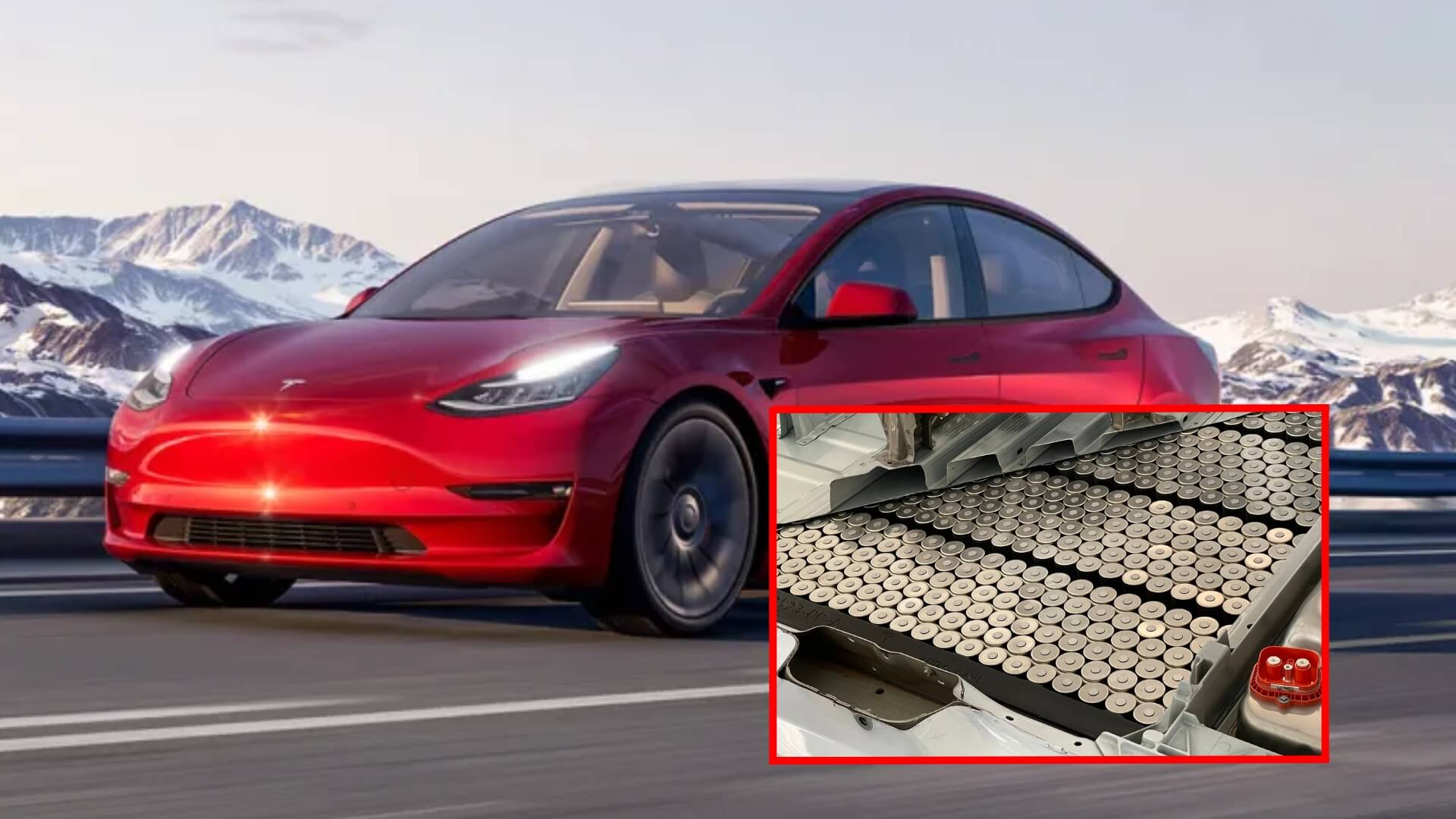
Greater Range, Unchanged Battery
Tesla Model 3 LR AWD just received an update with the CLTC (China Light-Duty Vehicle Test Cycle) rated range of 467 miles (753 km), which represents a 25-mile (40 km) boost over the previous value. The enhancement also comes with an extra cost of $1,400, making its total price slightly below $40,000. In the meantime, the price of the Model Y LR AWD has also been extended to a range of 471 miles (750 km) (previous 447 miles (719 km)), although its price has not changed and remains at around $43,700.
This gain in Tesla was probably brought about by software optimization and improvement in its efficiency, and not any hardware upgrade. Although a longer range is always good, in the price-conscious Chinese market, which is sensitive about range, this smaller increment might not be enough to persuade customers.
Tesla Has A Stiff Local Rivalry
The manageable range increase comes at a moment when Tesla is facing an immense amount of pressure in China, which is the largest EV market in the world. The local car producers have taken a step forward in developing vehicles with tight specs, price advantages, and suitable for the Chinese palate.
An excellent example is the Xiaomi SU7, which outperforms the Tesla Model S in a drag race. And even the BYD with its innovative 5-minute fast charge.
Marketplace Evolution and Change
The problems of Tesla in China are not politically based or the controversial life and existence of Elon Musk. Chinese consumers do not care much about the politics behind the brand as long as their perception is not affected, as is the case with the Western markets, with the words of Musk. Tesla, on the other hand, is dying because it cannot match the fast pace of scorching innovations by Chinese automakers.
This is moving to happen even though China as a whole EV market is experiencing a high rise. The sales of EVs increased by 35% in the first quarter of 2025, but Tesla’s sales figures were still decreasing. There is an increased tendency of Chinese consumers to switch to domestic brands, whose vehicles are now more technologically advanced, comfortable, and good value-for-money, which are no longer the hallmarks of the current Tesla products.
Good Isn’t Good Enough Anymore
The overlooked problem with the Model Y and Model 3 is that they are still promised to be a good drive with a dependable range, but Tesla uses the minimalist strategy without a frequent enough upgrading cycle, and this makes the company go against it in China. Marks that distinguished the company, such as clean design, quick acceleration, and access to the Supercharger, are now simply baseline. Local brands are establishing new norms that are more flashy in terms of technology and more customized at more affordable prices.
Conclusion
Tesla has just made range increases to the Model 3 and Model Y in China, but this only begs the question of engineering prowess and not the real issue the company has gone through, which is that it is no longer what the Chinese customers desire in a car. The market today has moved by leaps and bounds, and Tesla is having a difficult time keeping up.
In China, Tesla has to do more than just refinements in efficiency to become relevant once again. It requires local innovation, thicker features, and low prices. Without them, its former faithful supporters can only continue to dwindle as its Chinese EV manufacturers take over the streets in the future.

